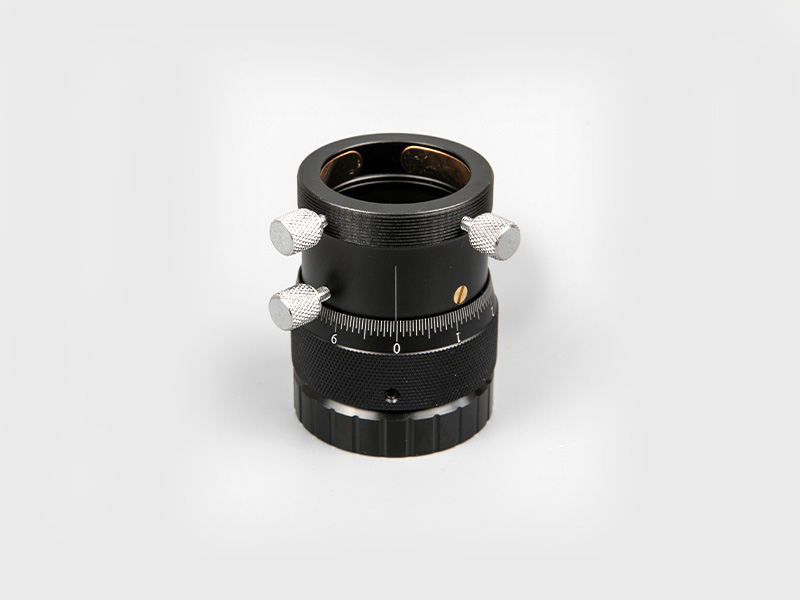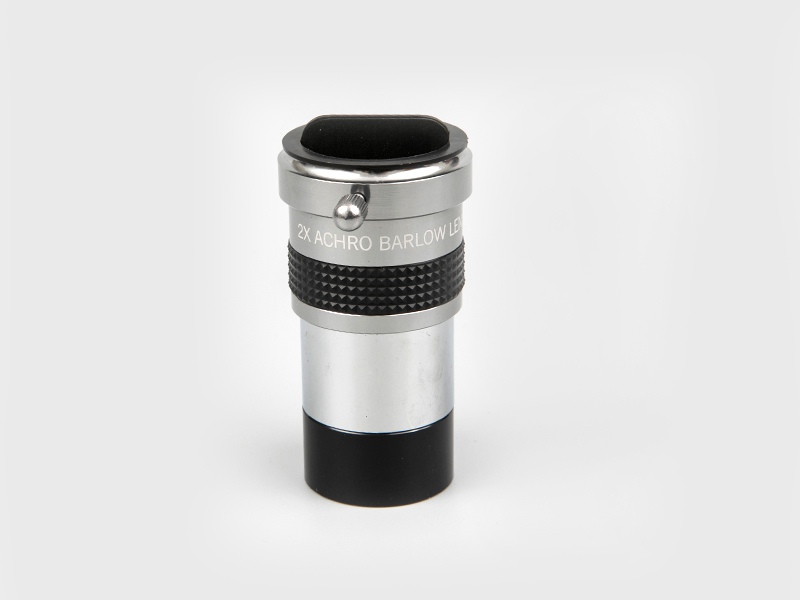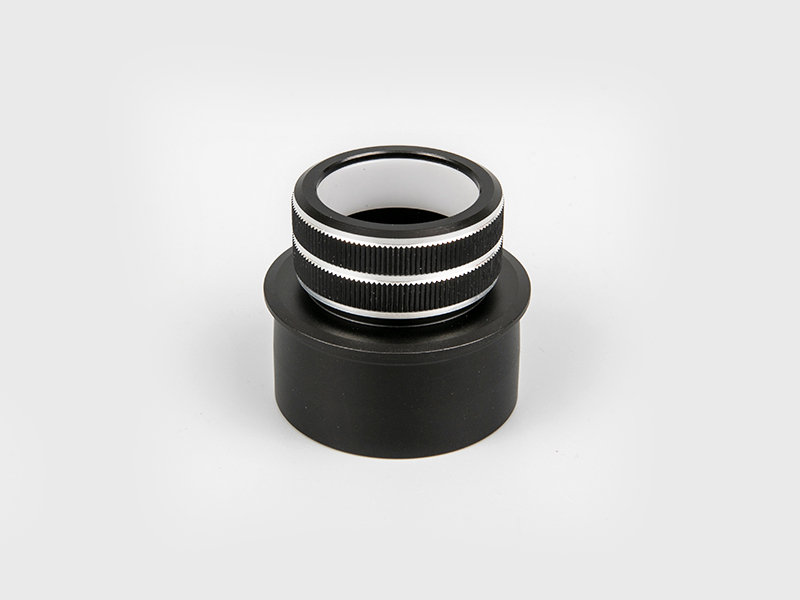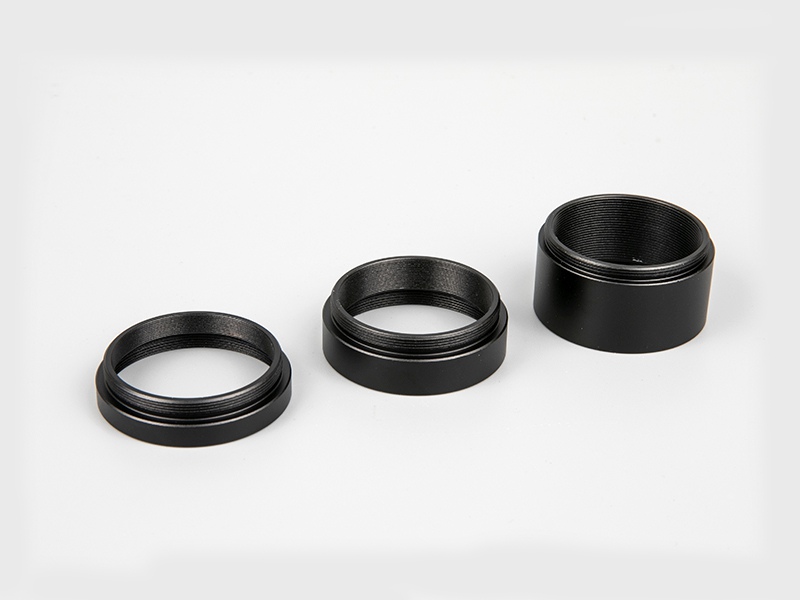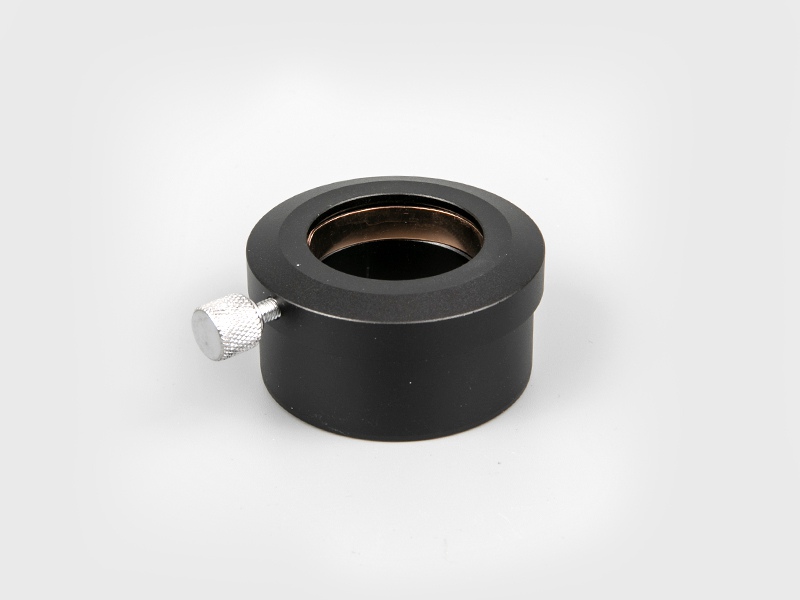When you first buy an astronomical telescope, you'll find three styles. In order to find the telescope that suits your needs, the following astronomical telescope manufacturers will introduce the differences between them in detail.
1. Refractor telescope;
The first is a telescope with a refraction mechanism, the shape of which is familiar to most people. There is a large lens on the front of the product. As the lens collects light, it directs it into a mirror on the back of the telescope.
1. Advantages
Fits objects on earth, very simple design and easy to use, requires little maintenance, robust design, sealed for optical security.
2. Disadvantages
This is not a good choice for weak targets, the price of the same aperture is higher than that of a reflecting telescope, and it is usually heavier than other models of the same aperture,
2. Reflecting telescope;
Reflecting telescopes work differently than refracting telescopes. They have a built-in mirror at the end of the tube. The role of the mirror is to collect light, which is transmitted to another mirror before reaching the eyepiece. We recommend observing faint objects with a reflecting telescope, which provides higher image quality than a refracting telescope.
1. Advantages: Small and lightweight design, it is very suitable for observing faint celestial bodies, cost-effective, and relatively bright imaging.
2. Disadvantages: The lens barrel of the astronomical telescope is open and easily polluted by dust. It is not suitable for observing ground targets and requires regular maintenance, even the optical axis.
3. Catadioptric telescope;
The third is the catadioptric telescope. Unlike other models, this telescope has two mirrors, one at the front and the other at the back. These two mirrors work with the eyepiece to produce high quality images.
1. Advantages: The lens barrel is sealed to prevent dust accumulation, a good choice for astronomical telescope photography, and a good choice for viewing faint objects.
2. Disadvantages: Usually larger and bulkier, more expensive than other options, secondary mirror reduces image brightness.

 English
English 日本語
日本語 Deutsche
Deutsche España
España

